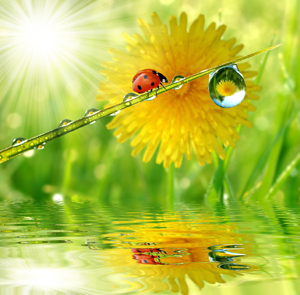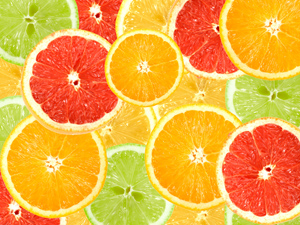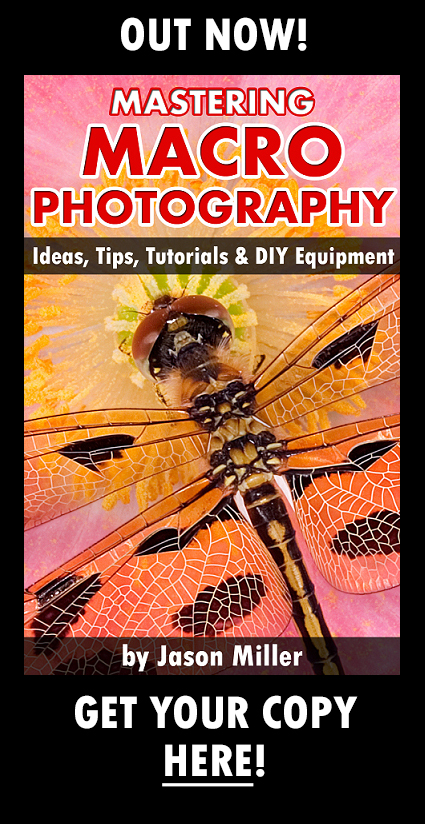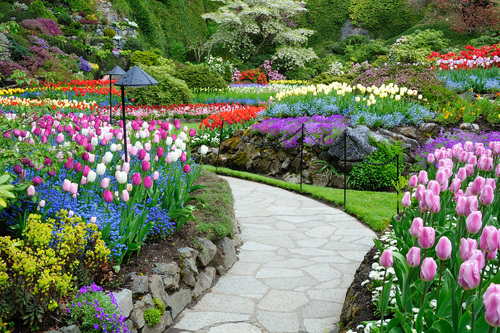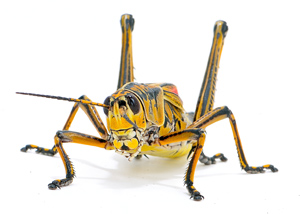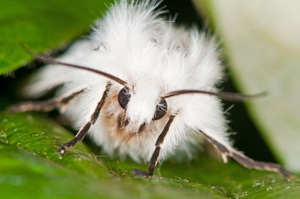The Importance of Macro Photography Composition
There’s nothing worse than spending hour after hour on your macro photography, only to discover that your final product is anything but “Picture Perfect”. You know that your equipment is up to par. You have taken every effort to capture interesting subjects. Heck, you even know that both lighting and focus are spot on. So why aren’t your photographs looking as good as they should? If you’re like a lot of macro photographers, it could all come down to simple photo composition.
Composition in Photography for the Macro Photographer
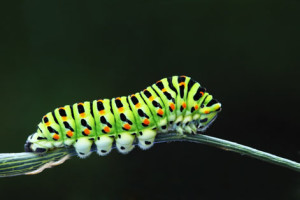
Importance of Macro Photography Composition
Let’s stop and think about what composition really means. You hear the term, “Photo Composition” tossed around a lot, but what does it really mean? Perhaps it’s best to change our frame of reference – or focus, if you will – for just a moment, to the topic of music. You know that songs are often called compositions. This refers to the individual pieces – the rhythm, melody, etc… – that work together to make up a complete song. In a similar manner, the individual pieces of a picture work together to make up its unique composition.
Remember, macro photography is an art form, just like creating music. To create memorable photographs, you must consider the individual pieces that are being captured in the photograph, in order for that photo to have truly balanced, eye-capturing composition.
So how do you do it? Here are a few tips to help you excel at creating memorable composition in your macro photographs:
Ditch the Head-on Approach
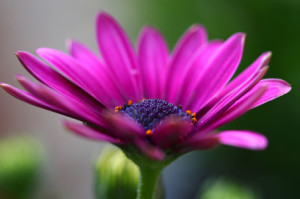
Macro Photography Composition – A different viewpoint
Many times macro photographers put too much effort into capturing their subjects “head-on”. What we mean is that you don’t always want to snap your photographs with the subject dead center in the frame. While you can certainly capture some great details this way, and end up with some stunning shots, these types of photographs simply don’t draw viewers in. Simply changing the angle a bit or skewing your point of view can go a long way in improving composition in photography. Yes, it does take some time to get used to shooting with a more angular approach, but the payoff is photographs that really captivate the viewer’s eyes and mind.
Quit Filling up the Entire Frame
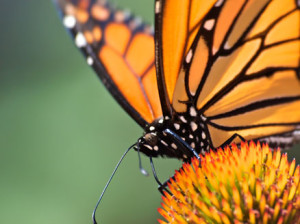
Macro Photography Composition – Lead Room
Since macro photography is all about capturing your subject in a very close-up manner, it is often tempting to want to fill the entire frame with the main subject. This is not the best approach to take. Consider leaving a bit of space, otherwise known as “lead room”, when you take photographs. This is especially important when you take photographs of animals. A generous amount of lead room should be left in the immediate direction where the animal’s eyes are pointing. This creates a bit of tension in the photograph and allows the viewer to see the subject in relation to its immediate surroundings.
Consider Orientation
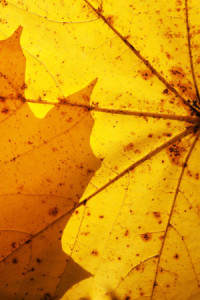
Macro Photography Composition – Vertical Shot
Our final tip to help you improve your composition in photography is all about the orientation of your photographs. It’s often easy for macro photographers to go on auto-pilot and to capture every photo in landscape mode. While it is true that many photographs look great with a landscape orientation, don’t be afraid to mix things up and go vertical every once in a while. Often times, you can change the entire feel of a macro photography by simply changing from landscape to vertical (aka portrait) mode. Simple rotating the camera 90 degrees can have a very dramatic impact on the elements that are capture, thus changing the entire composition of your picture. Try recreating some of your favorite landscape macro photographs vertically and see what a difference it can make.
Our Conclusion on Composition in Photography
As a macro photographer you really are an artist. Don’t neglect the importance of composition as you head out on your next shoot. Take time to experiment with the tips we shared with you here and see what a difference focusing on composition can make for all of your future shots.
Learn Photography The Smart Way:



